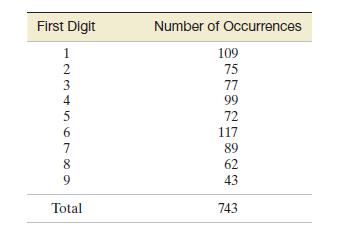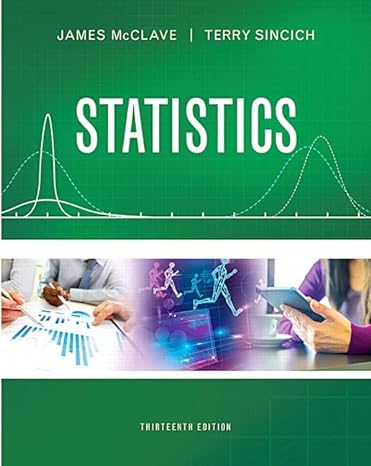Benfords Law of Numbers. According to Benfords law, certain digits (1, 2, 3,, 9) are more likely
Question:
Benford’s Law of Numbers. According to Benford’s law, certain digits (1, 2, 3,…, 9) are more likely to occur as the first significant digit in a randomly selected number than are other digits. For example, the law predicts that the number “1” is the most likely to occur (30% of the time) as the first digit. In a study reported in the American Scientist
(July–Aug. 1998) to test Benford’s law, 743 first-year college students were asked to write down a six-digit number at random. The first significant digit of each number was recorded and its distribution summarized in the following table. Describe the first digit of the “random guess”
data with an appropriate graph. Does the graph support Benford’s law? Explain.
Step by Step Answer:

Statistics Plus New Mylab Statistics With Pearson Etext Access Card Package
ISBN: 978-0134090436
13th Edition
Authors: James Mcclave ,Terry Sincich




